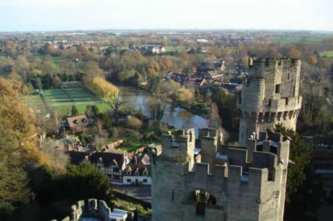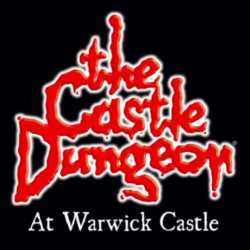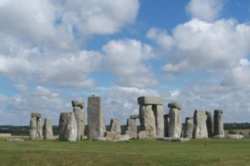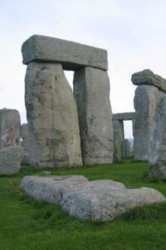
Credits: Warwick castle website
Warwick Castle
If you are interested in history, knights and battles, visit Warwick Castle as it has it all. Inhabited from almost 11th century, the castle saw many prominent people such as William the Conqueror, Edward IV and Henry de Beaumont.
It used to be owned by the Greville family from 1759 to 1978 until it was sold to The Tussaud's Group that planned to convert it to a destination for tourists.

photo by Zair Kashek
It also played a significant role in various events including the Hundred Years War, the Battle of Poitiers and the English Civil War. Throughout its 1000-years history, the castle acted as a royal power base, fortified post, military base and a prison with a scary dungeon.
However, these days the dungeon is not used for torturing - it has been turned into a great entertainment. It aims to reconstruct the darkest times of castle’s history: especially, 1345, when ‘the town was gripped by the plague.’ According to the plan, visitors will be “greeted by decaying bodies, chanting monks, torture implements, execution and ‘the labyrinth of lost souls’ - a fantastic scary mirror maze.” The Castle Dungeon allows you to check whether you are brave enough to visit it after dark.

credits: Warwick castle website
The easiest way to get to Warwick Castle is by train: Chiltern Railways operate regular services from London and Birmingham. The castle is within short walking distance from Warwick train station.
Stonehenge
Despite the research in archaeology we know very little about Stonehenge. It is even unclear whether to call it a monument, a burial site, a temple or an observatory. The only think we can be sure of is that Stonehenge is definitely one of the oldest human built structures in Britain.
Scientists claim that it was built between 3100–1100 BCE. They have also noticed that its circled structure correlates with the midsummer sunrise, the midwinter sunset, and the most southerly rising and northerly setting of the moon.

credits: VisitWiltshire
These calculations are quite complicated and it shows that the builders had to know astronomy and maths. They would have had to spend more than 30 million hours of labour to build it.
There are many questions surrounding it, ranging from ‘who built it?’ to ‘why was it built?’ Scientists believe that because the construction took so long, almost three different tribes were involved in it. Neolithic tribe, called Windmill Hill People, are believed to design the initial layout. Many years later Salisbury Plain was invaded by another tribe, which is known for burying their dead with beakers or pottery items. This fact made archaeologists call them ‘Beaker People’. The last tribe believed to take part in the construction is Wessex People, who, according to later findings, had a more advanced culture than the previous ones. That is why they were able to do complicated calculations for each section of Stonehenge.

credits: VisitWiltshire
In the first half of the 20th century archaeologists claimed that it was used to perform rituals and worship. However, during 1960s, two men – engineer Alexander Thom and astronomer Gerald Hawkins changed our understanding of the monument. After analysing the location, they found a number of ‘significant astronomical alignments among to observe stars and planets.
If you really like mysteries and believe that the ancients had magical powers, come and see Stonehenge. The easiest way to see Stonehenge is by car but if you prefer trains, there is a direct service from London Waterloo to Andover and Salisbury.
by Zair Kashek
More in this series:
Places to see in 2009: Quebec city and Hawaii
Places to see in 2009: Venice and Prague
Places to see in 2009: Germany and Denmark
Places to see in 2009: Eden Project and Cadbury World
Tagged in Travel

